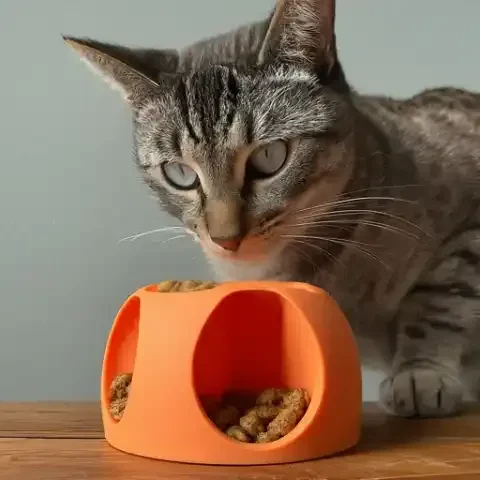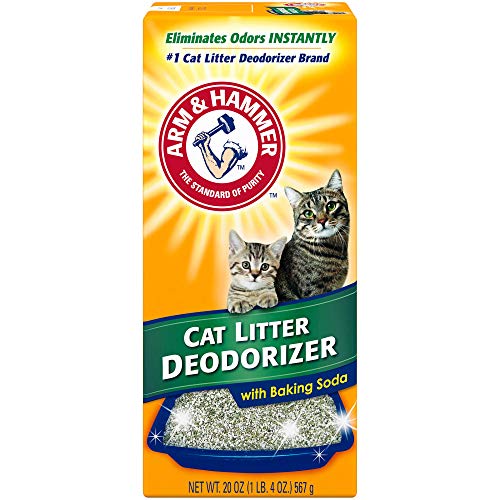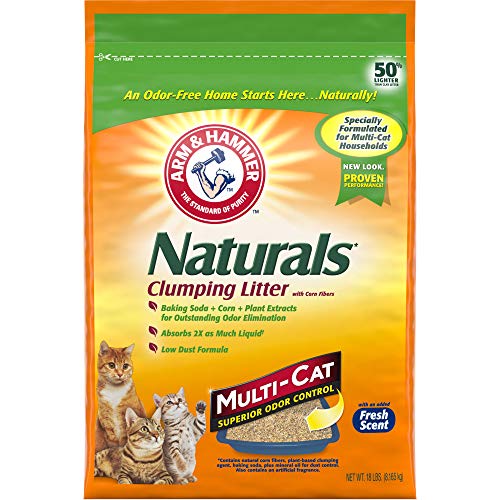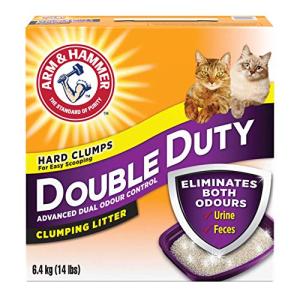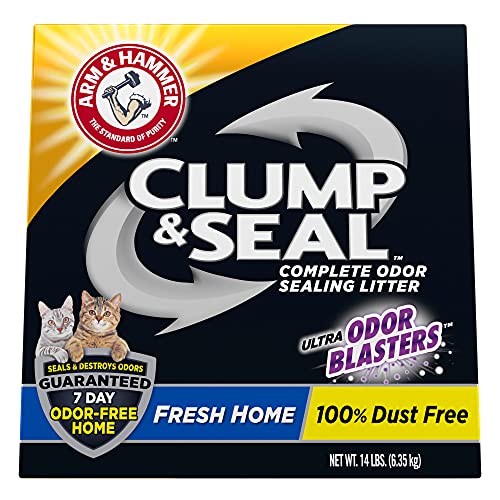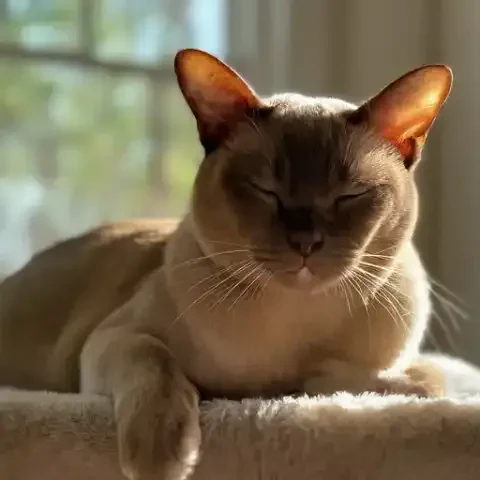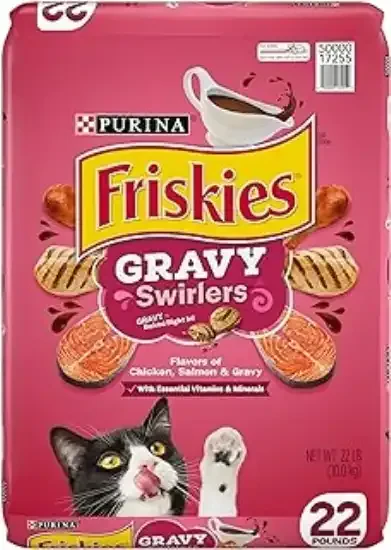We all want the best for our feline companions. We shower them with affection, provide them with comfortable beds, and engage them with stimulating toys. Yet, amidst all the pampering, one crucial aspect of their well-being is often overlooked: the food bowl. It seems like such a simple item, but the humble food bowl plays a surprisingly significant role in a cat's health and happiness. Choosing the right food bowl for your cat, considering material, design, and their individual needs, is essential for preventing health issues, promoting proper eating habits, and ensuring overall well-being. This article will explore the various factors to contemplate.
The material of your cat's food bowl is far more important than just aesthetics. Different materials have distinct advantages and disadvantages that can directly impact your cat's health. Plastic bowls, for instance, are incredibly popular due to their affordability, lightweight nature, and wide availability. You can find them in countless colors, shapes, and sizes at almost any pet store or supermarket. However, plastic has some significant drawbacks. It's prone to scratches, and these tiny crevices become breeding grounds for bacteria, even with regular washing. Over time, plastic can also absorb odors, which can be off-putting to sensitive cats. Furthermore, some cats develop an allergy to plastic, manifesting as feline acne, characterized by small bumps and inflammation on their chin and lips. If you opt for plastic bowls, it's crucial to choose high-quality, BPA-free options and replace them frequently, ideally every few months.
Ceramic bowls offer a step up from plastic in terms of hygiene. They are generally easy to clean and, being non-porous, don't absorb odors or harbor bacteria as readily as plastic. Ceramic bowls also tend to be heavier, providing more stability and preventing your cat from pushing their bowl around the kitchen floor. The weight can be particularly beneficial for enthusiastic eaters. However, ceramic bowls are not without their downsides. They can chip or break if dropped, creating sharp edges that could injure your cat. Additionally, it's crucial to ensure that any ceramic bowl you purchase is certified lead-free. Some glazes used in ceramic production may contain lead, which is toxic to cats (and humans). If you choose ceramic, handle it with care and regularly inspect it for any signs of damage.
Stainless steel bowls are widely considered the gold standard for cat food bowls, and for good reason. They are incredibly durable, resisting scratches, dents, and rust. Stainless steel is also non-porous, making it exceptionally easy to clean and sanitize, preventing the buildup of harmful bacteria. It won't absorb odors, ensuring that your cat's food always smells and tastes fresh. While stainless steel bowls might be slightly more expensive upfront, their longevity and hygienic properties make them a worthwhile investment. The main potential drawback is that some cats might be initially put off by their reflection in the shiny surface. However, most cats quickly adapt, and the benefits far outweigh this minor concern.
Glass bowls offer another hygienic alternative to plastic. Like ceramic and stainless steel, glass is non-porous, preventing bacterial growth and odor absorption. They are also easy to clean and often visually appealing, adding a touch of elegance to your cat's feeding area. The primary concern with glass bowls is their fragility. They can easily break if dropped, posing a risk of injury to your cat. If you choose glass, select a thick, sturdy bowl and place it in a location where it's less likely to be knocked over. The added weight can also be a consideration, especially if your cat will be in a carrier.
Beyond the material, the design of the food bowl significantly impacts your cat's eating experience. One crucial, often-overlooked factor is whisker fatigue. This phenomenon occurs when a cat's sensitive whiskers constantly brush against the sides of a deep, narrow bowl. These whiskers are highly sensitive sensory organs, and the constant stimulation can cause stress and discomfort, leading to a cat refusing to eat or only eating small amounts. To prevent whisker fatigue, choose wide, shallow bowls that allow your cat to access their food without their whiskers touching the sides.
Bowl depth is another important consideration, and the ideal depth depends on your cat's breed and eating habits. Flat-faced breeds like Persians and Himalayans often struggle to eat from deep bowls because their short noses and faces make it difficult to reach the food at the bottom. For these breeds, very shallow bowls or even flat plates are the best option. On the other hand, some cats tend to be messy eaters, pushing food out of the bowl while they eat. For these cats, a slightly deeper bowl with inward-sloping sides can help contain the mess.
Elevated bowls have gained popularity in recent years, and they offer several potential benefits. Raising the food bowl to a more comfortable height can improve digestion by allowing a more natural posture during eating. This can be particularly beneficial for senior cats or cats with arthritis or other mobility issues, reducing strain on their neck and joints. Elevated bowls may also help prevent vomiting in cats prone to regurgitation after meals. However, elevated bowls are not necessary for all cats. Many cats are perfectly content eating at ground level, and forcing them to eat from an elevated bowl could cause unnecessary stress. If you're considering an elevated bowl, observe your cat's eating habits and consult with your veterinarian. The appropriate height will vary depending on your cat's size and individual needs. A good general rule is to have the top of the bowl at chest height.
While round bowls are the most common, other shapes like square or oval bowls are also available. The precise shape generally isn't as crucial as the width and depth, and the choice often comes down to personal preference and what fits best in your home.
Certain cats have specific dietary needs that require specialized food bowls. For cats who tend to gulp down their food too quickly, slow feeders are a game-changer. Eating too fast can lead to vomiting, bloating, and even an increased risk of obesity. Slow feeders are designed with obstacles, ridges, or mazes that force the cat to eat more slowly and work for their food. This not only prevents digestive issues but also provides mental stimulation. There are various types of slow feeders available, from bowls with simple raised patterns to more complex puzzle feeders that challenge your cat's problem-solving skills.
Automatic feeders can be a convenient option for busy owners or for cats who require precise portion control. These feeders dispense a predetermined amount of food at scheduled intervals, ensuring that your cat receives a consistent and appropriate diet, even when you're not home. Automatic feeders can be particularly helpful for managing weight in overweight cats or for cats with medical conditions that require strict feeding schedules. However, it's essential to choose a reliable automatic feeder and monitor it regularly to ensure it's functioning correctly. Malfunctions or power outages could leave your cat without food. Also, some cats may learn to manipulate the feeder to get extra food, so portion control is still important.
When traveling with your cat, having a portable food bowl is essential. Collapsible bowls made from silicone or other flexible materials are ideal for travel. They are lightweight, compact, and easy to clean, making them perfect for car trips, vet visits, or stays at pet-friendly hotels.
If you have multiple cats, it's generally recommended to provide separate food bowls for each cat. This prevents competition and resource guarding, ensuring that each cat gets their fair share of food without stress or conflict. Some cats may be more dominant than others, and a shared food bowl can lead to the dominant cat preventing the more submissive cat from eating adequately. If space is limited, try to place the bowls in separate locations to minimize the chances of one cat intimidating another.
Cats with medical conditions might require special food bowls. A cat recovering from surgery might need an elevated bowl. Or a cat with mobility issues. A cat with megaesophagus, a condition where the esophagus doesn't properly move food to the stomach, may need a very specific, highly elevated bowl or feeding station to allow gravity to assist in swallowing. Your vet can help with advice.
Regardless of the type of bowl you choose, regular cleaning is paramount. Food residue and saliva can quickly build up, creating a breeding ground for bacteria that can cause illness. Wash your cat's food bowl daily with hot, soapy water, just as you would your own dishes. Many bowls, especially those made of stainless steel, ceramic, or glass, are dishwasher safe, making cleaning even easier. Check the manufacturer's instructions to confirm dishwasher safety. Even with regular washing, it's a good idea to replace your cat's food bowls periodically, especially plastic bowls, which can develop microscopic scratches that harbor bacteria over time.
Choosing the right food bowl might seem like a minor detail in the grand scheme of cat ownership, but it's a decision that directly impacts your cat's health, comfort, and overall well-being. By carefully considering the material, design, and your cat's individual needs, you can select a bowl that promotes healthy eating habits and prevents potential problems. Don't be afraid to experiment with different types of bowls to find what works best for your feline friend. Observe their eating habits, and consult with your veterinarian if you have any concerns. Remember, a happy and healthy cat starts with the basics, and the right food bowl is an essential part of that foundation. Investing a little time and thought into choosing the perfect bowl is a simple yet powerful way to show your cat how much you care.
